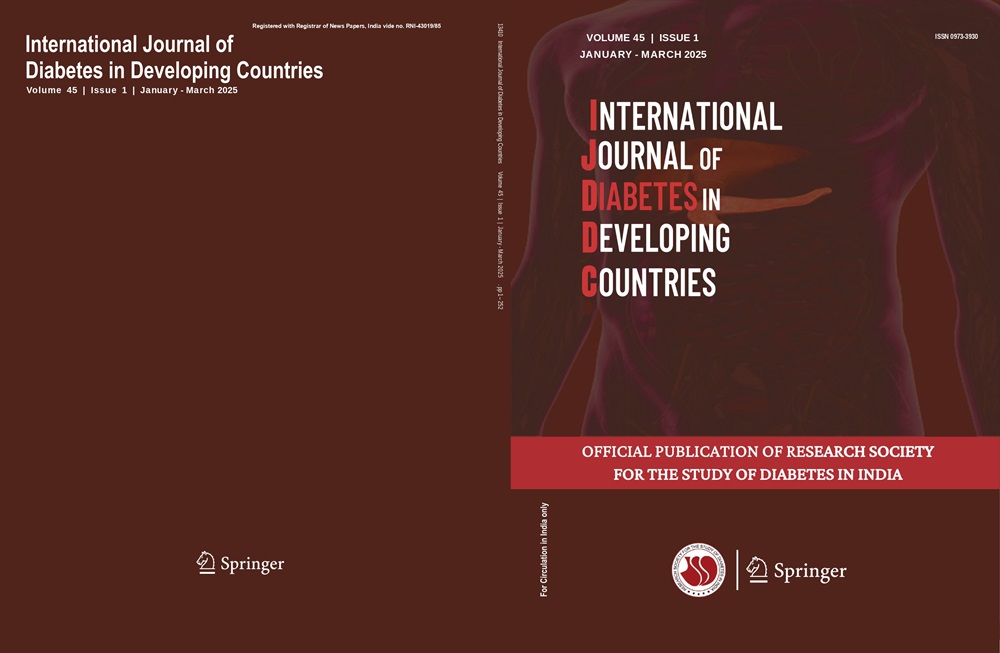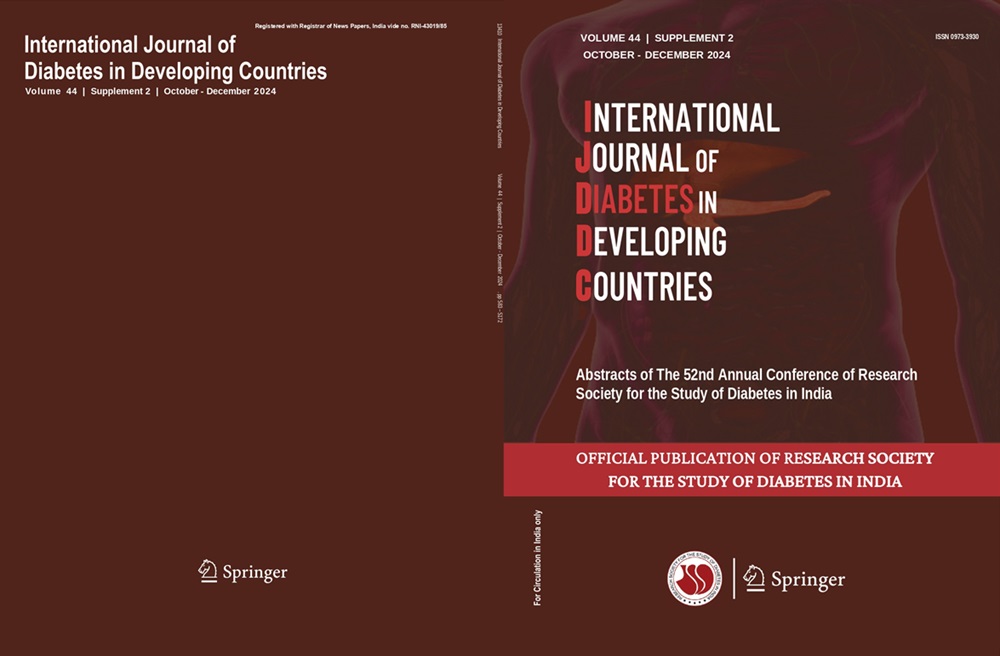Jiying Qi, Ping He, Huayan Yao, Wen Sun, Ping Lu, Zizheng Zhang, Bin Cui, Guang Ning
Keywords
Insulin glargine • NPH insulin • Cancer • Type 2 diabetes mellitus • Real-world study
Abstract
Objective The association of insulin glargine with overall and site-specific cancer risk remains uncertain. This study aims to provide relevant evidence from mainland China.
Methods Based on the Shanghai Link Healthcare Database, patients newly treated with insulin glargine or neutral protamine Hagedorn (NPH) insulin between January 1, 2013 and December 31, 2020 were identified and followed up until December 31, 2021. In addition to the original cohort, we created a 1:1 propensity score-matched cohort with balanced baseline characteristics. Cox proportional hazards models were used to estimate hazard ratios (HRs) and 95% confidence intervals (CIs) for incident cancers, comparing insulin glargine with NPH insulin.
Results A total of 26,810 insulin glargine users and 47,765 NPH insulin users were enrolled in the final analysis. During a median follow-up of 4.18 years, 3903 patients developed cancer. Including a 1-year lag period, insulin glargine use was not associated with increased cancer risk compared to NPH insulin use in both the original cohort (HR 1.02, 95% CI 0.95–1.10) and the propensity score-matched cohort (HR 1.01, 95% CI 0.94–1.09). In stratified analyses by sex, age, and cancer site, as well as in sensitivity analyses at different lag periods, the estimated cancer risk, although fluctuating, remained uncorrelated without any substantial change.
Conclusion Insulin glargine is not associated with the risk of overall and site-specific cancers compared to NPH insulin among patients with type 2 diabetes mellitus.




